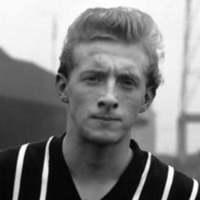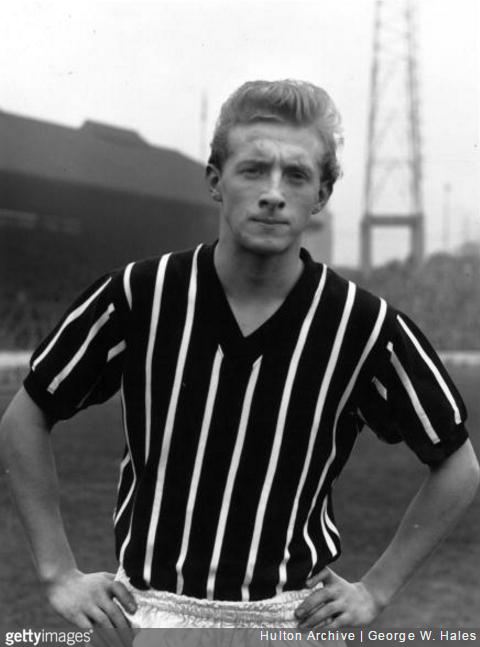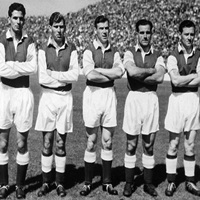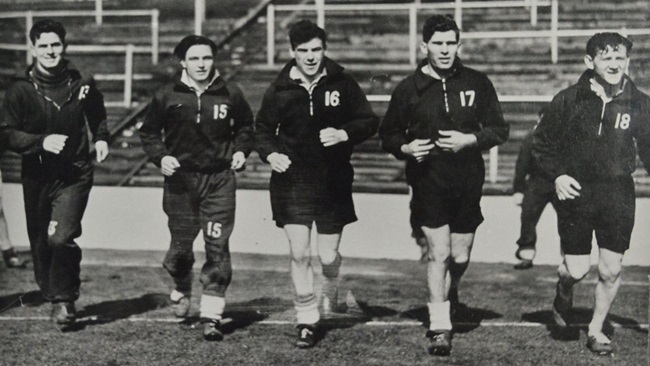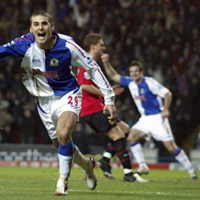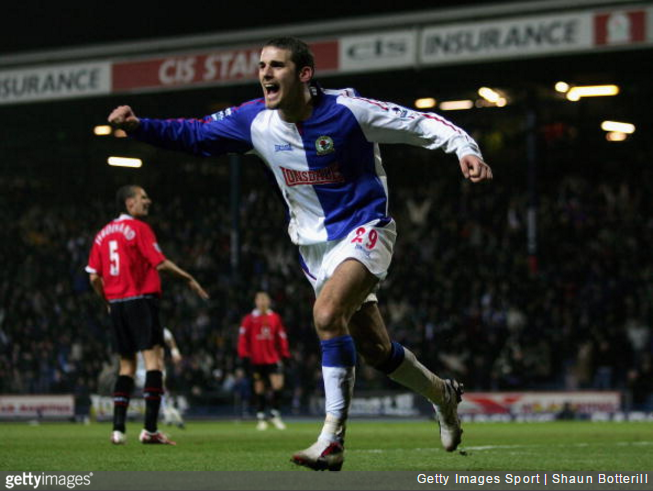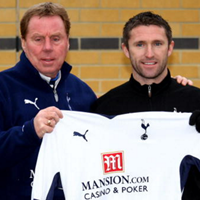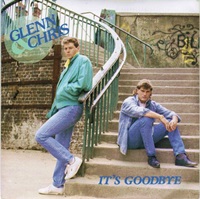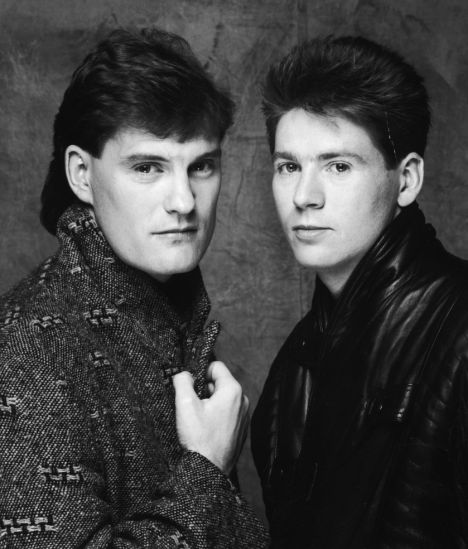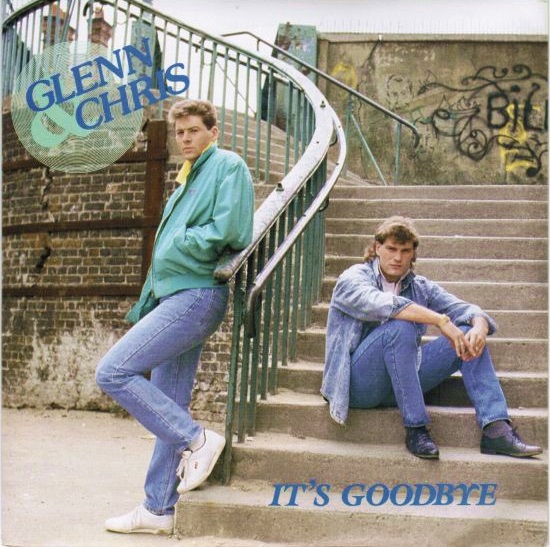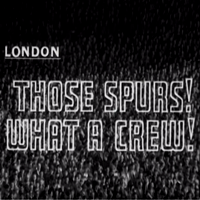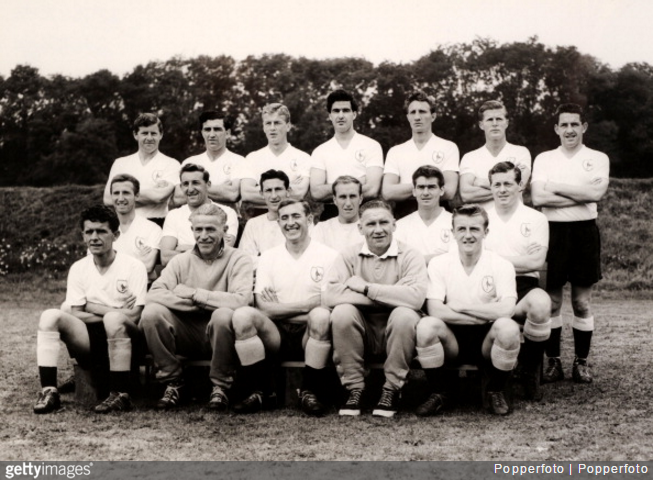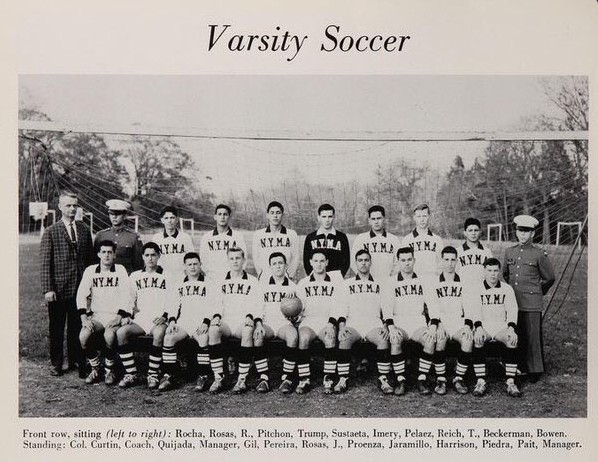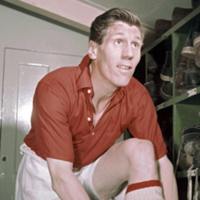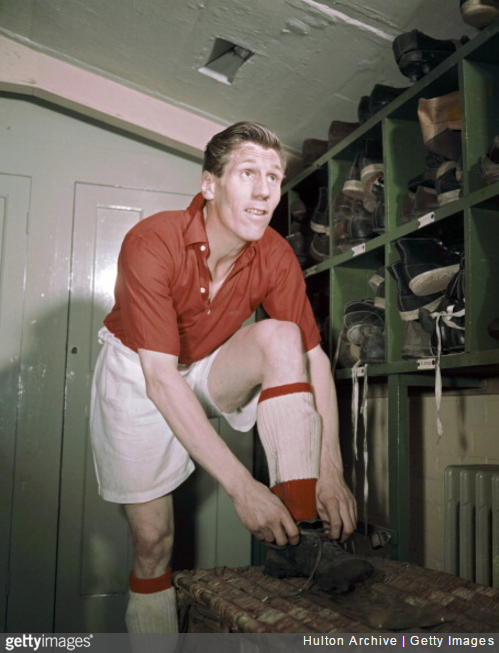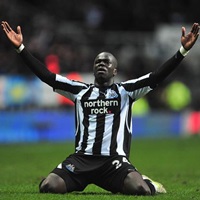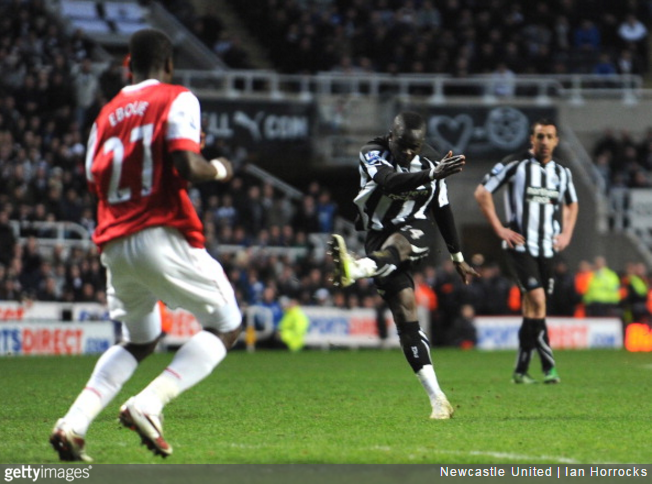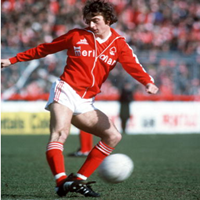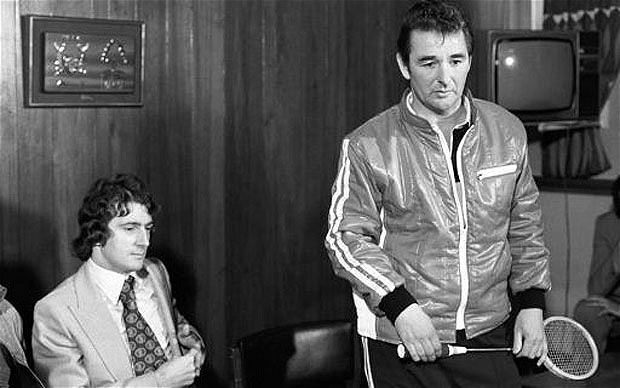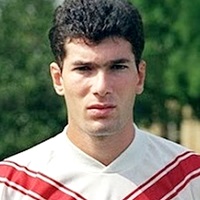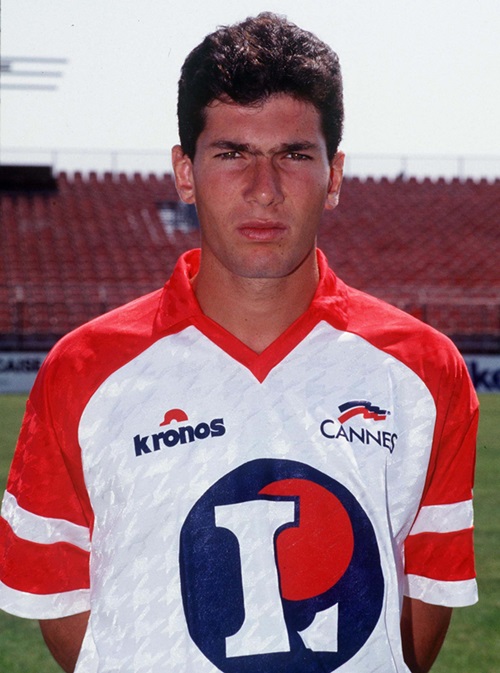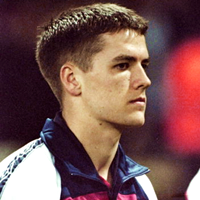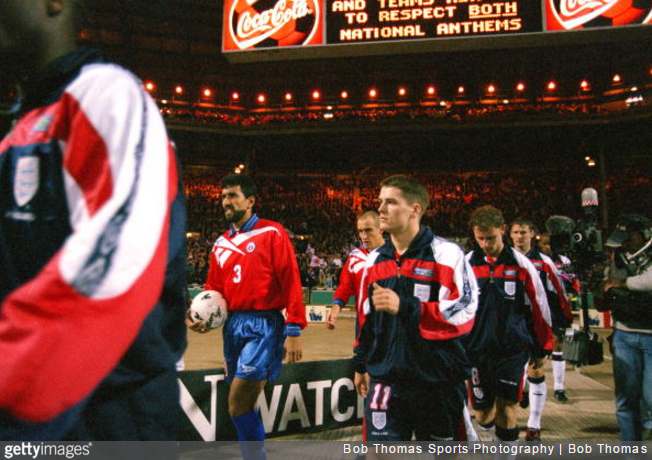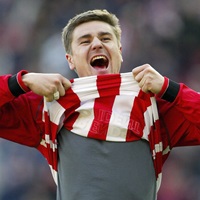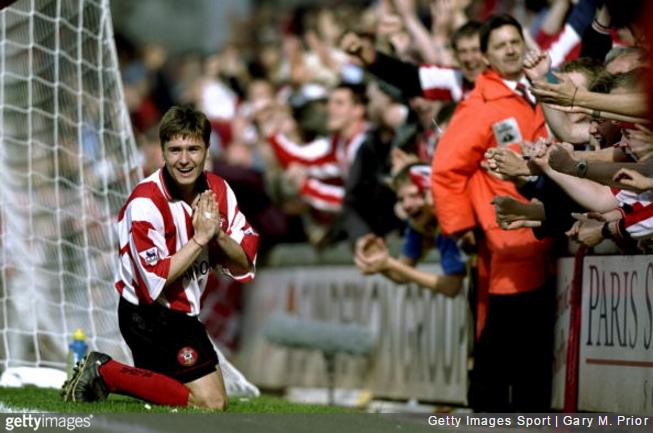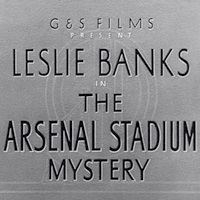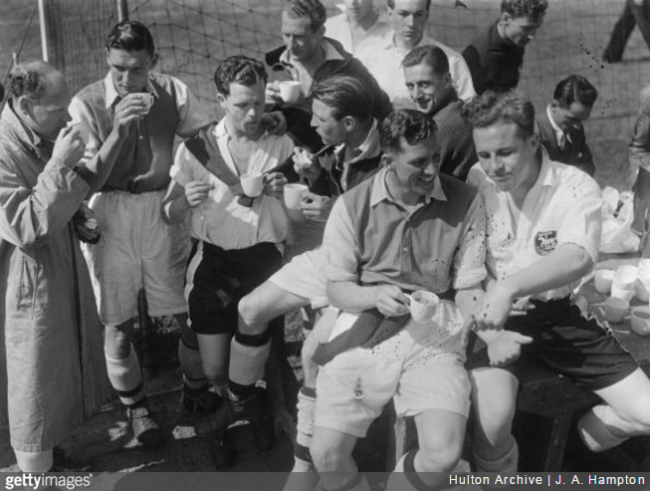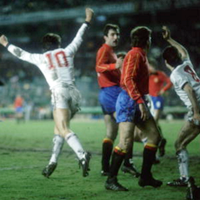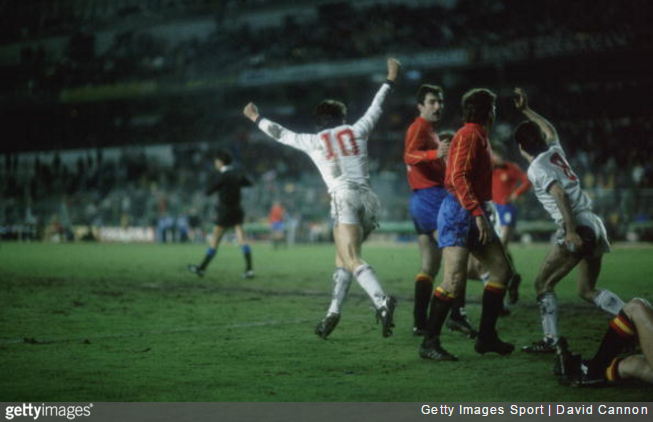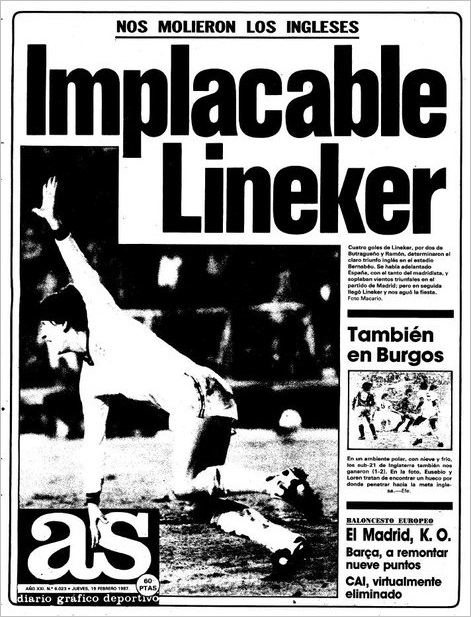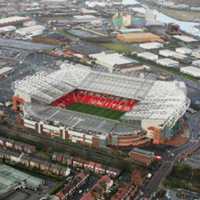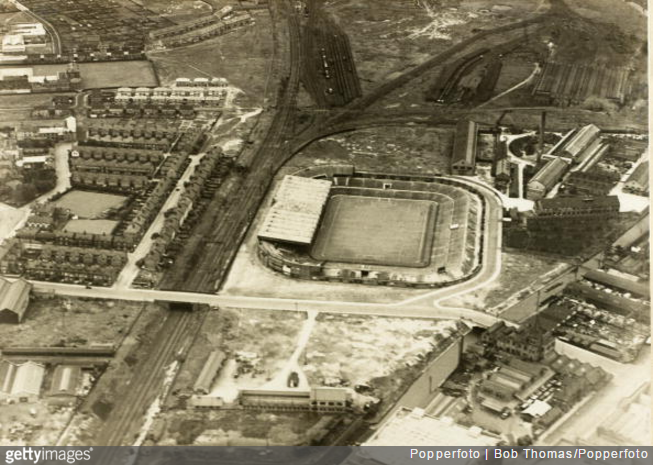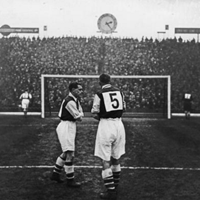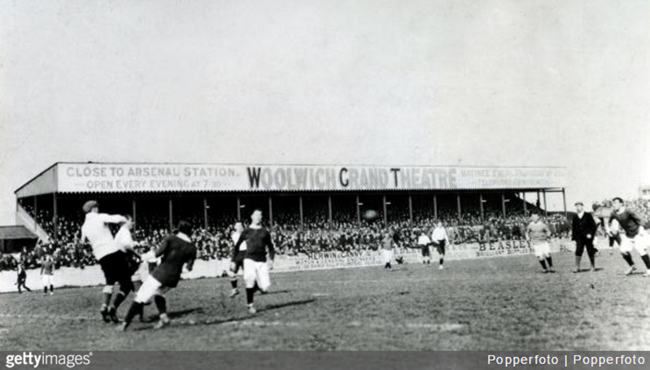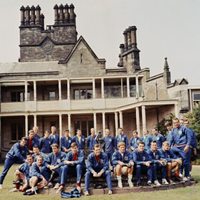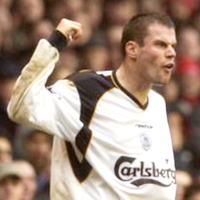
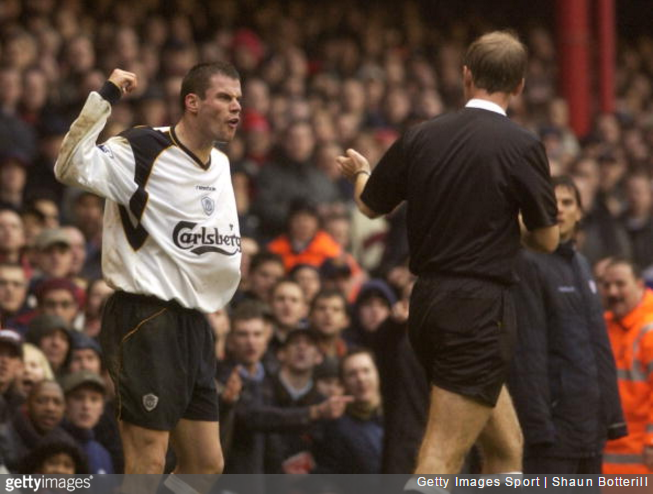
With 20 minutes of an incredibly bad-tempered FA Cup fourth round tie at Highbury remaining, Dennis Bergkamp found himself red-carded for a decidedly ‘stampy’ challenge on Jamie Carragher out near the touchline.
Bergkamp’s dismissal proved to be an instant flashpoint, with one particularly incensed Arsenal fan pelting a coin at Carragher.
The Liverpool defender reacted badly, picking up the coin and hurling it back into the crowd in the general direction from whence it came. Referee Mike Riley wasted no time in sending him off down the tunnel too.
This all coming a matter of minutes after Riley had sent off Martin Keown for a professional foul on Michael Owen. Tempestuous doesn’t even begin to cover it.
Anyway, Carragher immediately apologised for his actions after the game, accepting it was wrong for him to react in the way he had.
I regret what happened at Highbury because I let the club, the fans, my team-mates and myself down. No matter what the physical or verbal provocation, I shouldn’t have reacted like that I would like to apologise for any offence caused.
I was frustrated and did it without thinking in the heat of the moment. Anyone who has seen me play regularly will realise it was completely out of character but I’m not going to make excuses.
I was wrong and as a professional football player I should have known better. It’s a mistake I won’t make again.
The full and frank apology saw Carragher escape a police charge though he was issued with a formal warning and fined £40,000 by Liverpool for his sins.
Two fans who allegedly received injuries when the coin was thrown back into the terraces both declined to make allegations, and Arsenal pledged to issue a lifetime ban to the supporter responsible for hurling the coin if the club’s security team managed to successfully identify them.
For the record, Arsenal won the game 1-0 on what was, all in all, a pretty manic old afternoon in North London.
You can follow Martin Cloake on Twitter at @MartinCloake and find more about his books and writing at www.martincloake.com
